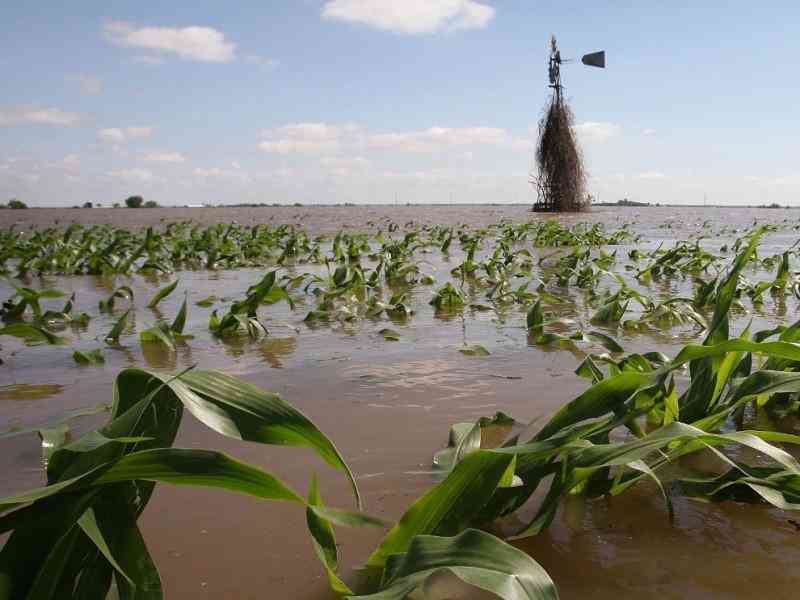People worldwide are suffering from very dangerous natural disasters currently. Yes, we are talking about floods, the most continual type of natural disaster which is often caused by a storm surge, snow melting, or heavy rainfall and leads to wide devastation. Beginning in May 2022, deadly floods hit the northeastern parts of India and Bangladesh, millions of people in both countries got affected, and around,300 died.
India is highly susceptible to floods. In earlier times floods were not this frequent as they are currently. This can be indicated for many reasons including a steep increase in population, rapid urbanization growing developmental and economic activities in flood plains coupled with global warming.
Floods have also occurred in areas, which were earlier not considered flood-prone. So what are the different situations which are more likely to be a reason for the flood?
Some of them are :
Heavy to very heavy rainfall
Breaking of dams or levees
Melting of ice or ice jams
Storm surge
The lives of some people get affected a lot when such a disaster happens and not only the time it happens is bad, but also the aftereffects of floods are very problematic as well as grieving. The major effects of floods:
Loss of human life
When floods came suddenly( also known as flash floods) people don’t get time to move to another place that is safer for them and sadly they couldn’t get time to save themselves.
Damage to property
When a flood occurs usually the flow of water is too high and it took everything which comes in the way, and that’s the reason for the damage to properties in the floods.
Destruction of crops
Anything too much is bad and it’s also applicable when we talk about crops, water is a much-needed thing for crops but floods ruin the crops because of the tons and tons of water it comes with.
In the world, almost no place has been left untouched by flood, last year in July the dramatic floods of 14 and 15 July 2021 killed more than 220 people in Europe, leaving a trail of damage in Germany, Belgium, the Netherlands, Austria, and Switzerland. Western Germany was worst hit by the flooding. In Germany, Small rivers and streams turned into torrential currents that destroyed entire villages.
India too faced some massive floods recently.
Uttar Pradesh: Flooding affected 245,000 people in the states when the river Ganges went above the danger mark in at least five locations including Varanasi.
Himachal Pradesh: Heavy rain became the reason for the havoc in the state of Himachal Pradesh in northern India. 22 people lost their lives and at least 6 were missing with 10 injured.
Odisha: Around 60,000 were displaced from their home, the reason for the flooding was heavy rainfall and water logging in the areas of Bhadrak, khordha, Puri, Cuttack Districts, and Capital Bhubaneswar as well.
The question that arises here is, Can’t we do anything to prevent such disasters?
Yes, we can. Flood warnings are given in most of the time except for Flash floods, in the case of India the warning is provided by the IMD ( Indian Meteorological Department) people are asked to vacate the areas near rivers and seas and move to higher places. Flood warnings should be improved so that they can help.
Afforestation comes a first place when we talk about flood management, as we know that trees help in reducing the risk of flooding. There are two major ways in which trees contribute to protection against flooding. Woodland acts as a barrier to floodwater, while trees also prevent soil erosion, reducing sediment going into rivers and increasing water absorption into the ground. This slows rainwater running off into swollen streams and helps lower peak flood levels.
The construction of Dams to be done to store extra water during floods also creating a sponge city(a place that can hold, clean, and drain water in a natural way) can also be excellent ideas for prevention. The sewer system should be clean so it can do what it is intended to. These majors should be adapted to prevent the country from flooding, that’s how we can also save many lives.
© Vygr Media Private Limited 2022. All Rights Reserved.























